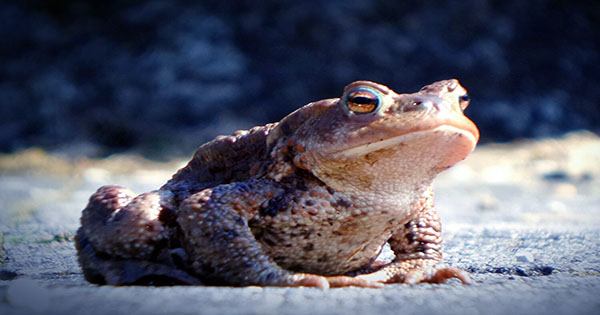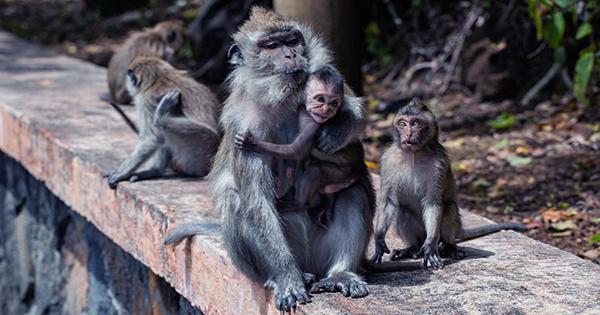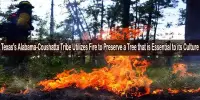In order to determine whether news of threats to Brazilian deer species (Cervidae) accurately reflected the probability of extinction for these animals, a team of researchers financed by FAPESP analyzed 192 news posts about these animals that were posted online between 2011 and 2021.
The researchers draw the following conclusion in an article about the study that was published in the journal Biological Conservation: News items located using the Google News search engine correctly identified most threats to the eight deer species that live in Brazil, but they either ignored, underestimated, or overestimated the threats to some species.
The news gave different weights to some threats when juxtaposed with the Red List of Threatened Species maintained by the International Union for the Conservation of Nature (IUCN).
The IUCN Red List is the most complete database of biological species’ global conservation status. In addition, the report failed to mention how disease spread by domestic animals and poor reproduction rates undermine the ability of deer species to survive.
“We ranked the frequency of threats in news reports and developed a separate ranking of the threats listed by the IUCN. Part of the time, the news covered problems that coincided with the main threats determined as extinction risks by scientific studies. In other cases, however, reports overestimated threats such as roadkill and underestimated the effects of the transmission of livestock disease,” said Rúbia Ferreira dos Santos Morini, first author of the article and currently a master’s student at the State University of Campinas’s Institute of Biology (IB-UNICAMP).
It’s important for news items to cover the causes of the situations reported. Only then will readers understand the link between the presence of deer in urban areas and the degradation of nature, for example.
Rúbia Ferreira dos Santos Morini
Threats
The authors compared three groups based on the animals’ vulnerability to certain threats: all deer species together (Group A), species of the genus Mazama (Group B), and species of the genera Blastocerus, Ozotoceros, and Odocoileus (Group C).
Group B included the Red brocket deer (Mazama americana) and the Small red brocket deer (Mazama jucunda), which live in forests and are threatened by fragmentation of habitats such as the Atlantic Rainforest.
Group C included the Marsh deer (Blastocerus dichotomus), the Pampas deer (Ozotoceros bezoarticus) and the White-tailed deer (Odocoileus virginianus), all of which live in more open environments such as the Cerrado and Pantanal.
The researchers also constructed two threat frequency rankings, from 0 (none) to 6 (most frequent), based on the IUCN Red List and news items. They used statistical techniques to analyze the correlations between the rankings.
Correlations were high for Group A, where the main threats were poaching (illegal trafficking and killing of wildlife), habitat loss/fragmentation and attacks by dogs, but the news underestimated livestock diseases and overestimated road kill, stories about which are popular with the media, although this threat is less significant than low reproductive efficiency and population sustainability (deer have few annual offspring).
“When an animal is hit by a moving automotive vehicle, human beings are also at risk. That’s probably the reason for so much media attention to road kill,” said Márcio Leite de Oliveira, last author of the article.
The findings for Groups B and C were less positive. Only fatalities from canine attacks were of equal relevance to news stories regarding actual threats in the former case and barely at all in the latter.
IUCN lists poaching and habitat degradation as the top two dangers, but because to numerous stories of deer “invading” cities, underreported poaching, and the challenge of identifying poached species when “deer meat” is discovered, these rankings are reversed in the news.
With regard to Group C, news reports on canine attacks, disease, road kill and low reproductive efficiency were similarly numerous, whereas dogs are the worst enemies of deer according to the IUCN.
“In the case of this threat, which we termed predation by domestic dogs, there was a significant gap between the volume of news reports and the number of cases reported by official channels and scientific networks, possibly because there are no human witnesses to these attacks,” Oliveira said.
The authors speculate that there may have also been regional differences because the majority of the news stories they examined originated in Southeast Brazil, which has a higher population density as well as more internet and smartphone users.
Common mistakes
The authors draw attention to how frequently false information appears in the news and note how this can prevent the public from learning about the significance of species conservation. People who discover lone fawns, for instance, frequently presume that they were abandoned by their moms or are orphans, which supports efforts to cage deer. Yet, research demonstrates that females frequently leave nestlings to go foraging and then quickly return with food.
The researchers also note that the many news reports on deer found in urban areas make little mention of the main reason, which is habitat loss due to expansion of cities and agriculture.
“It’s important for news items to cover the causes of the situations reported. Only then will readers understand the link between the presence of deer in urban areas and the degradation of nature, for example,” Morini said.
Finally, the failure to separate domestic animals from wildlife around agricultural regions adds to the spread of diseases that harm deer, such as bluetongue sickness, which is brought on by a virus transmitted by mosquitoes that bite sick cattle.
“We hope our findings will underscore the importance of the media as a source of information on the threats to wildlife. We also hope they will lead both the media and the scientific community to work collaboratively toward conservation of these species,” Oliveira said.
















